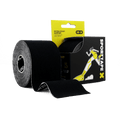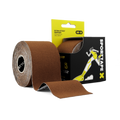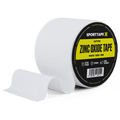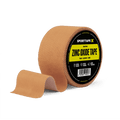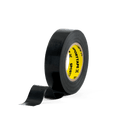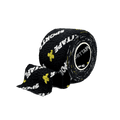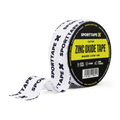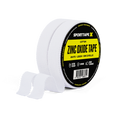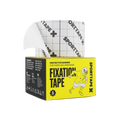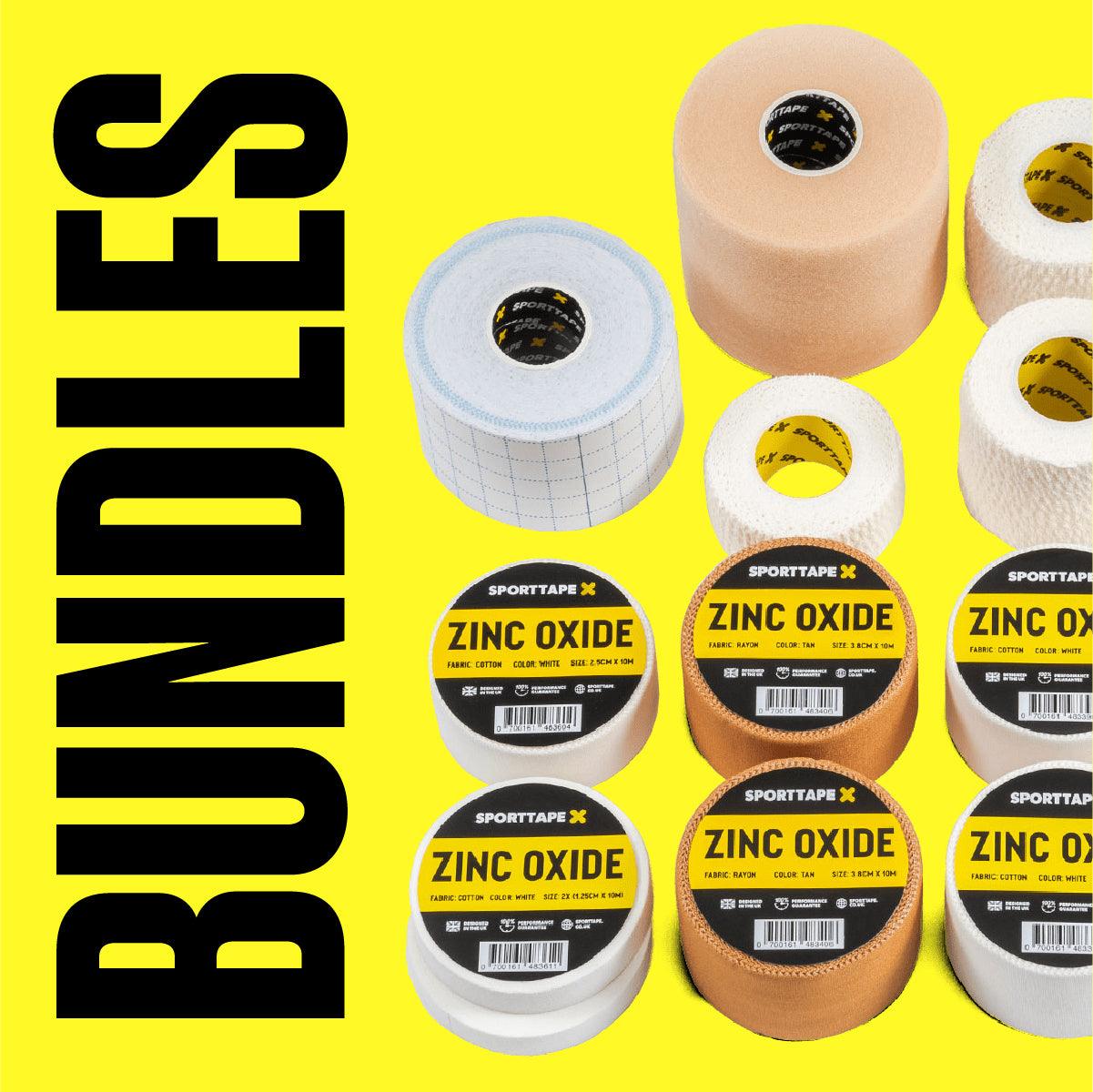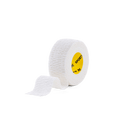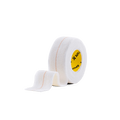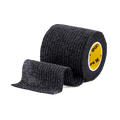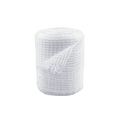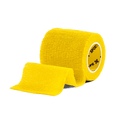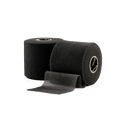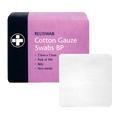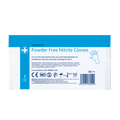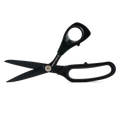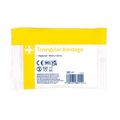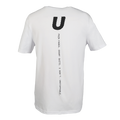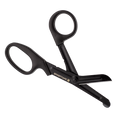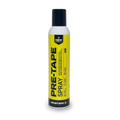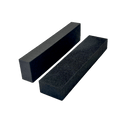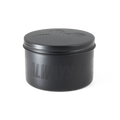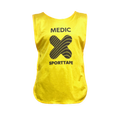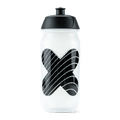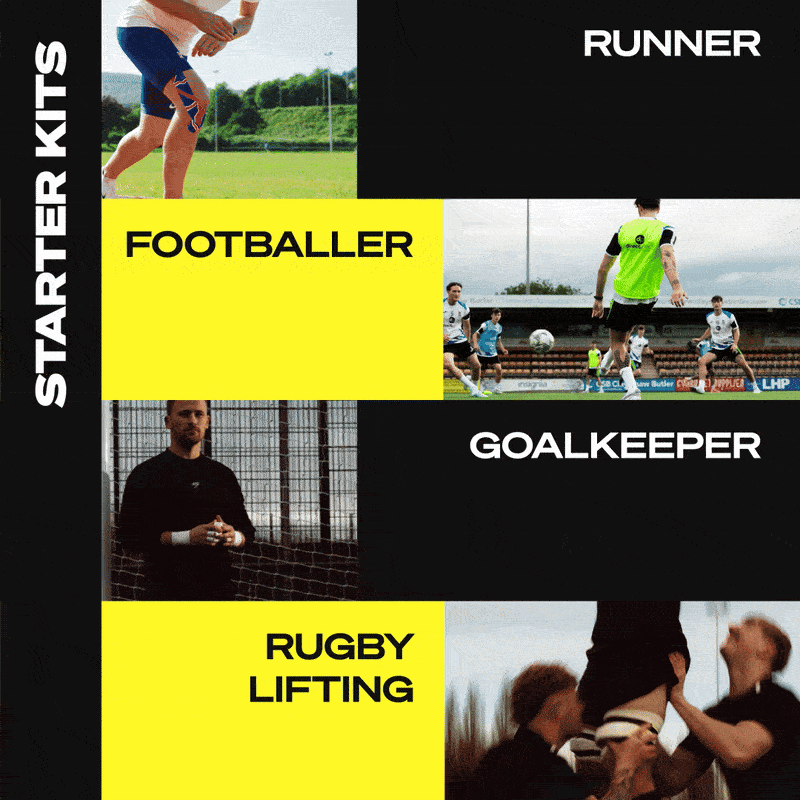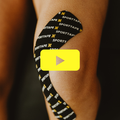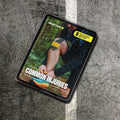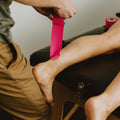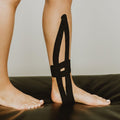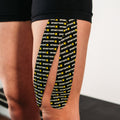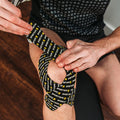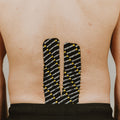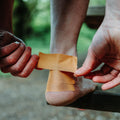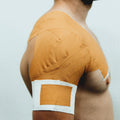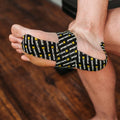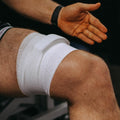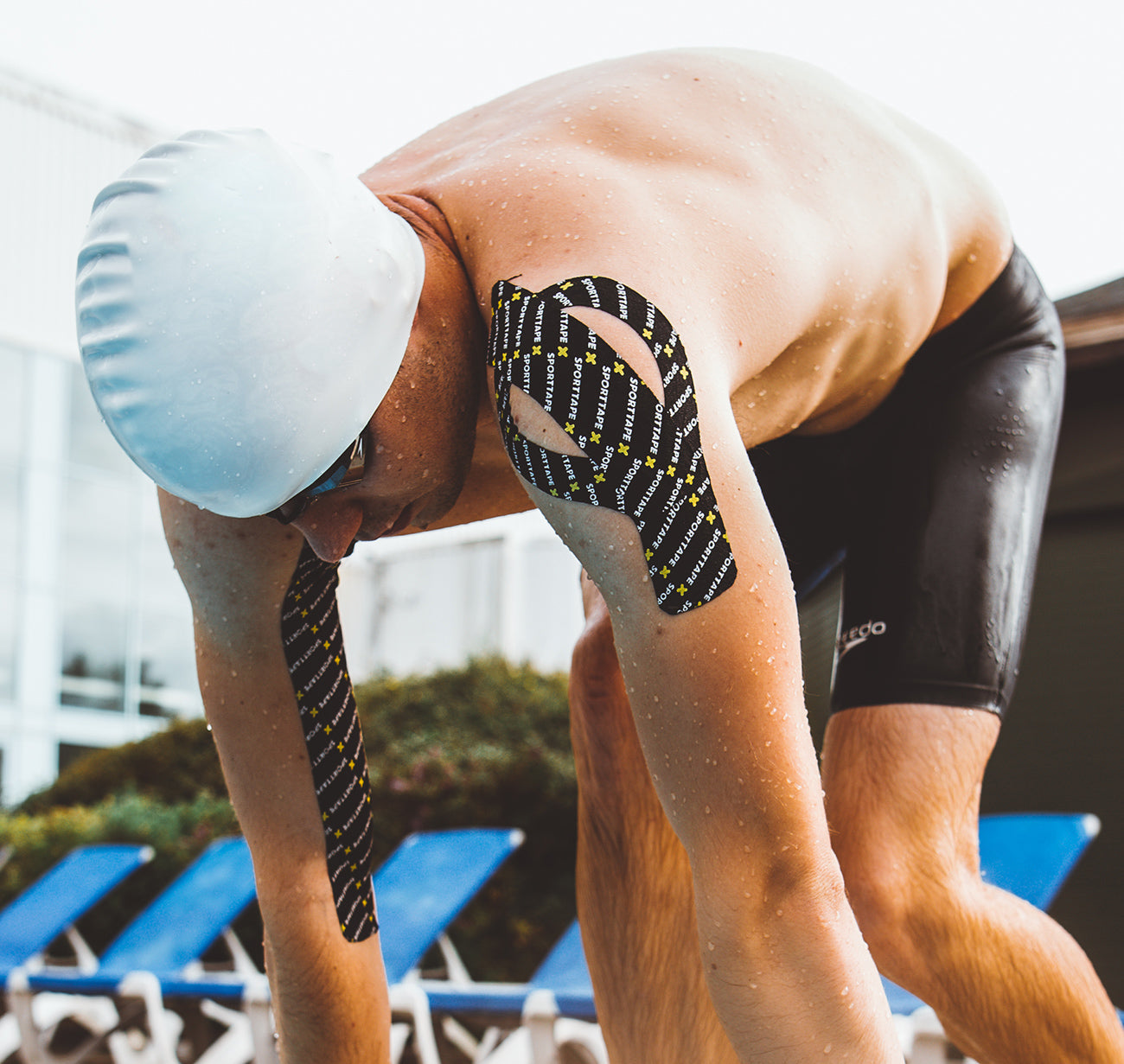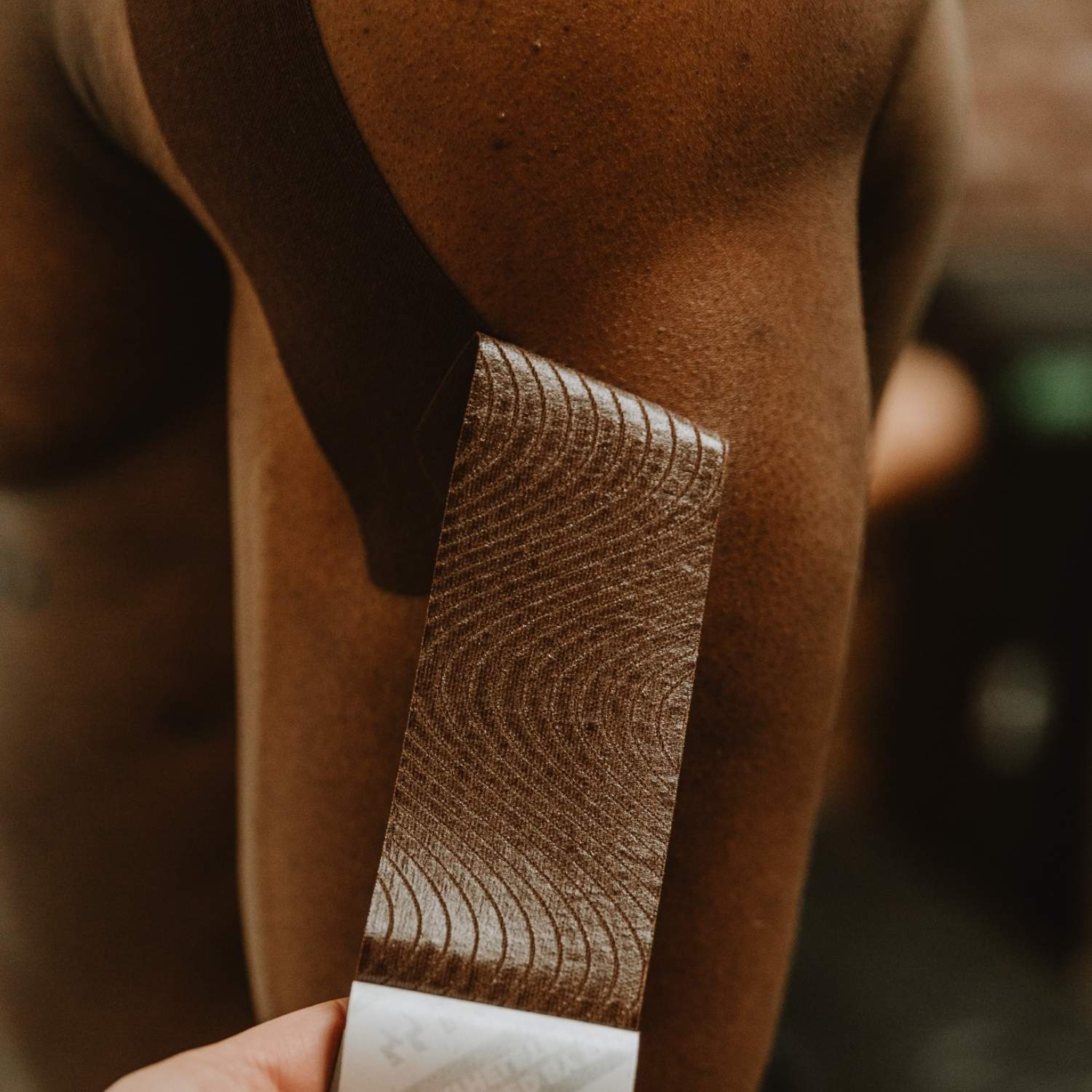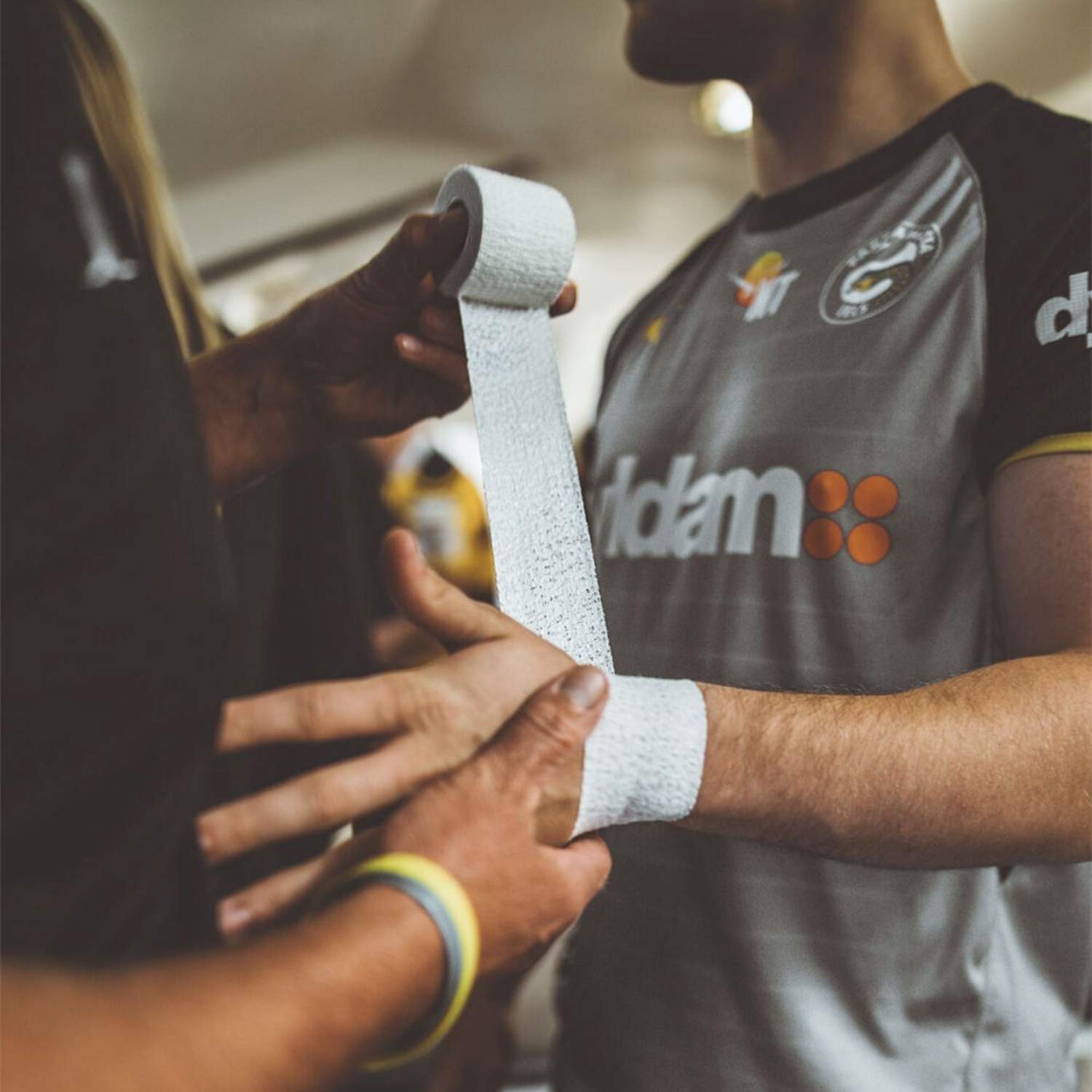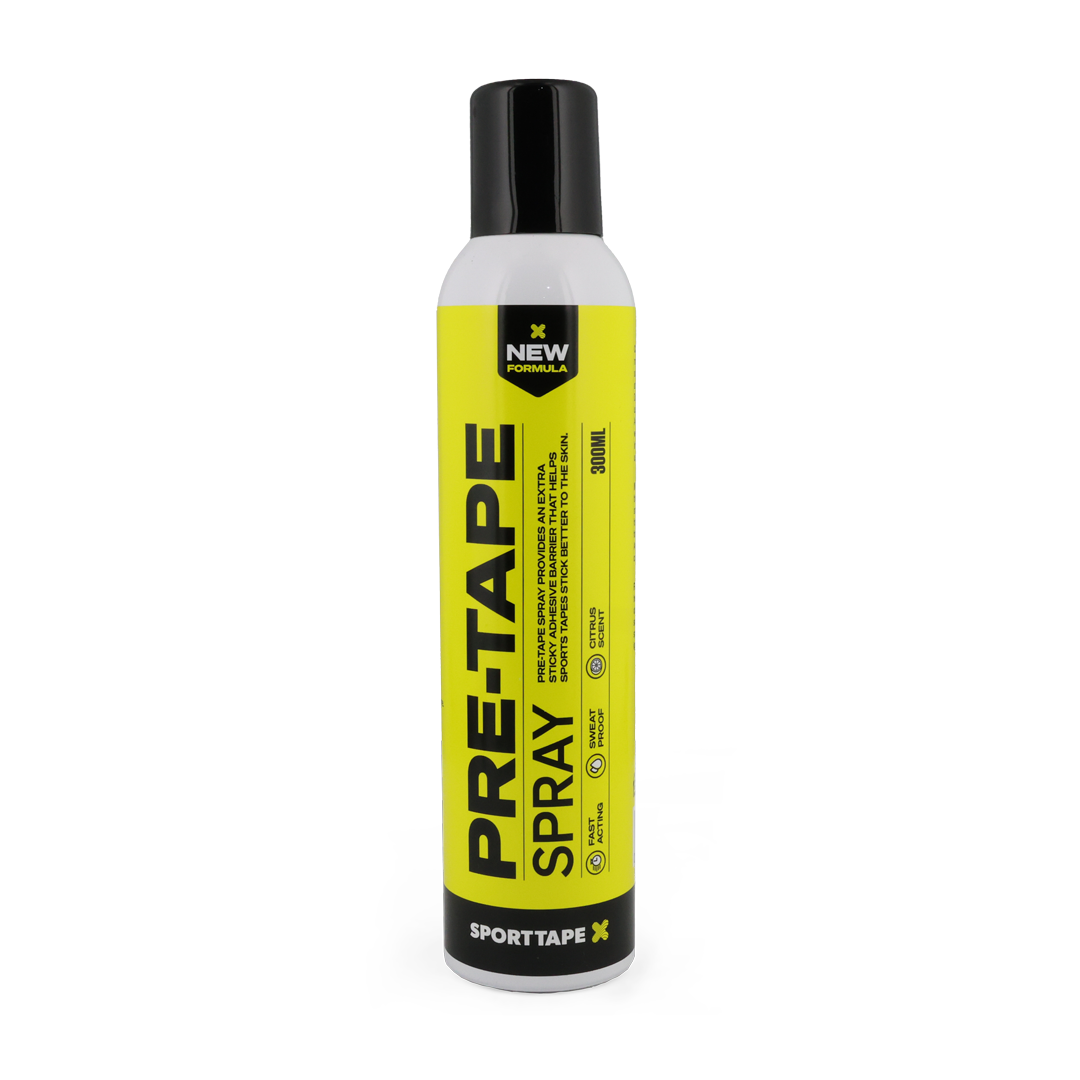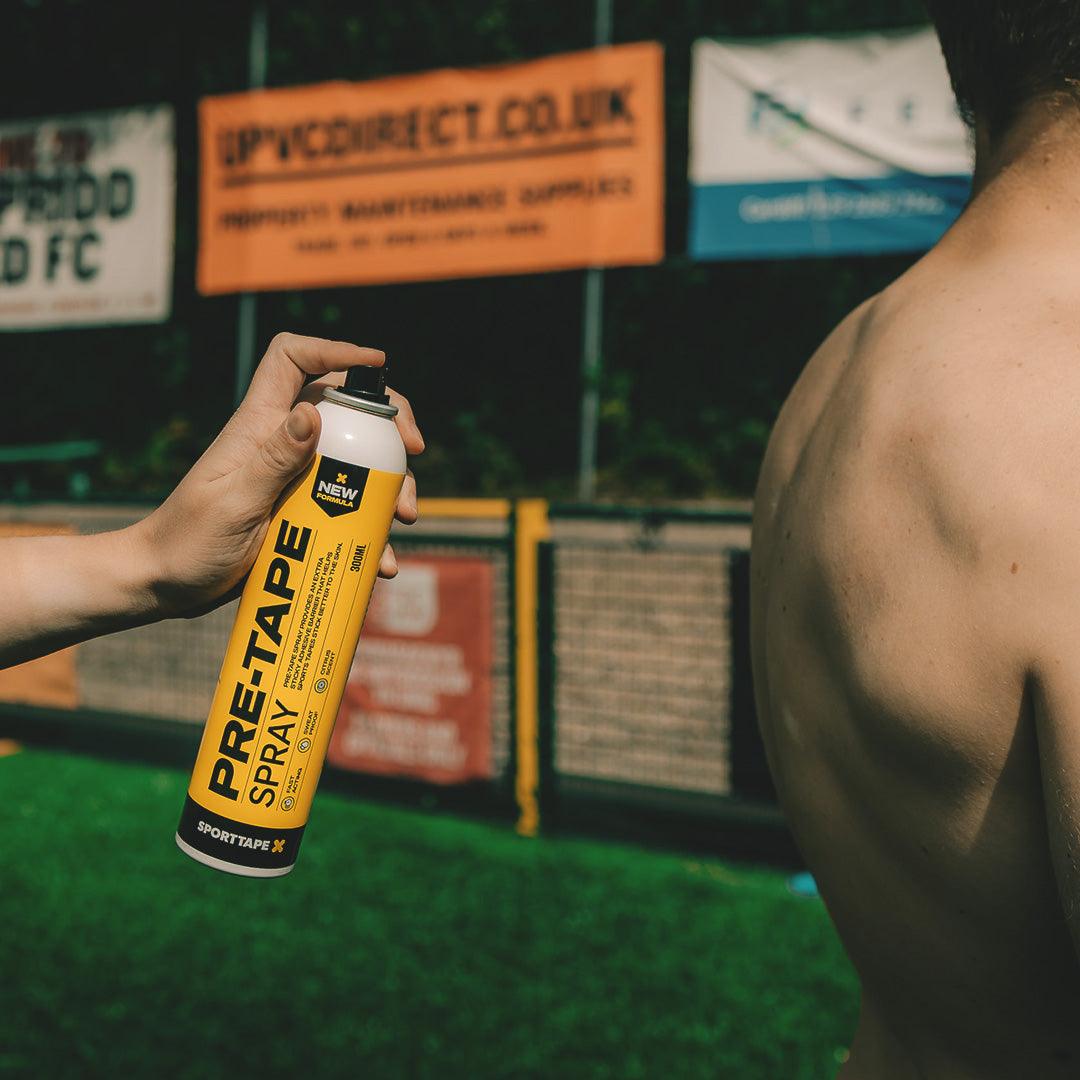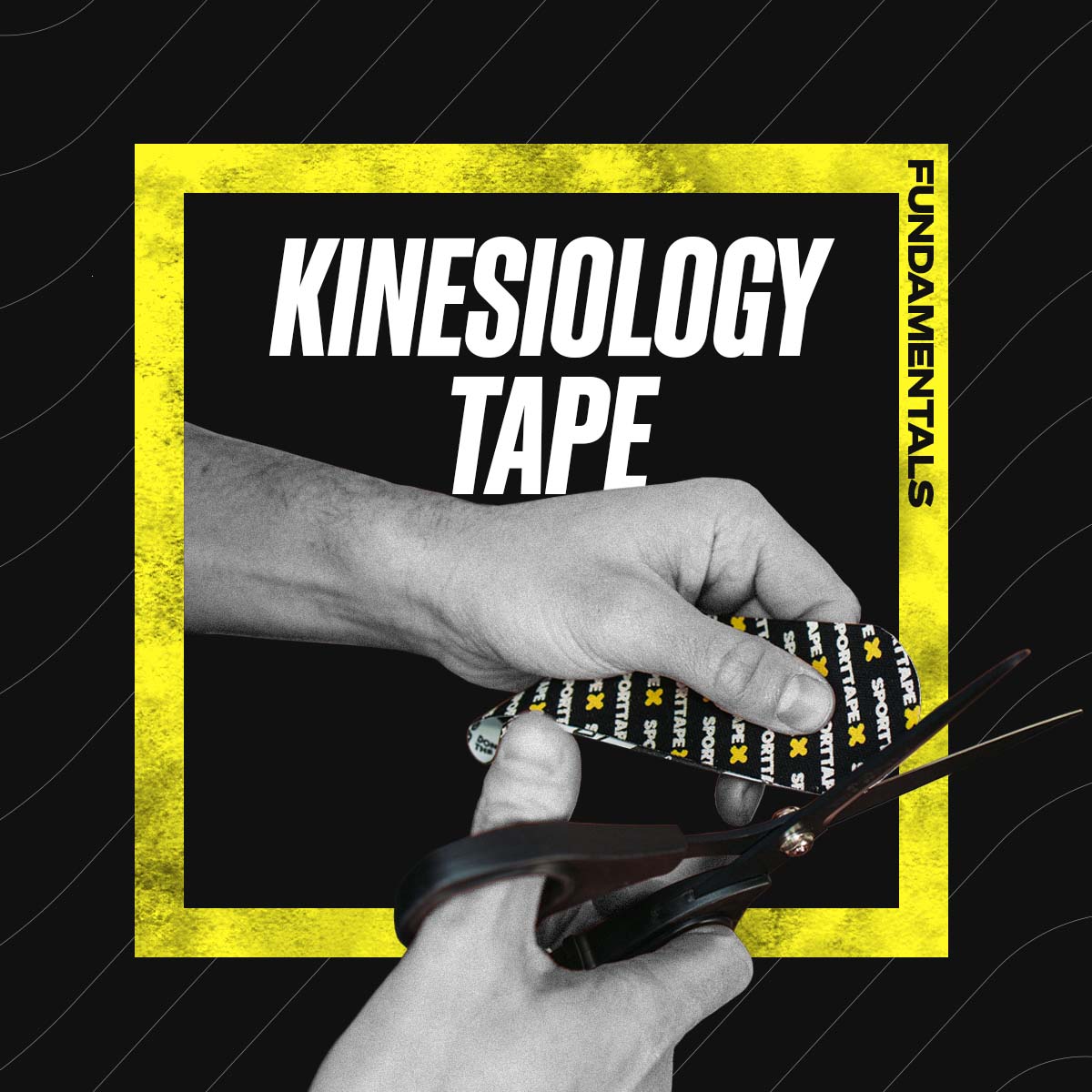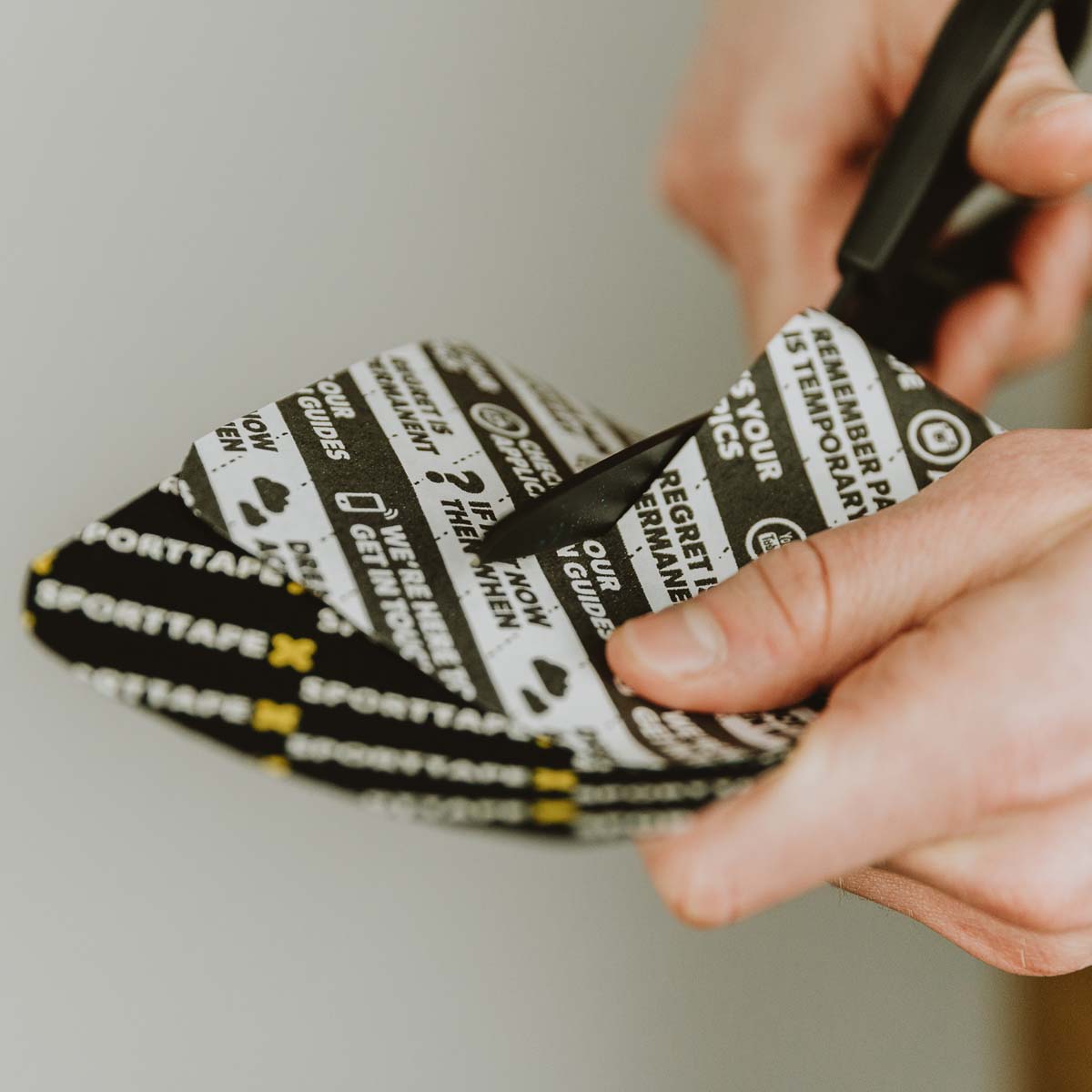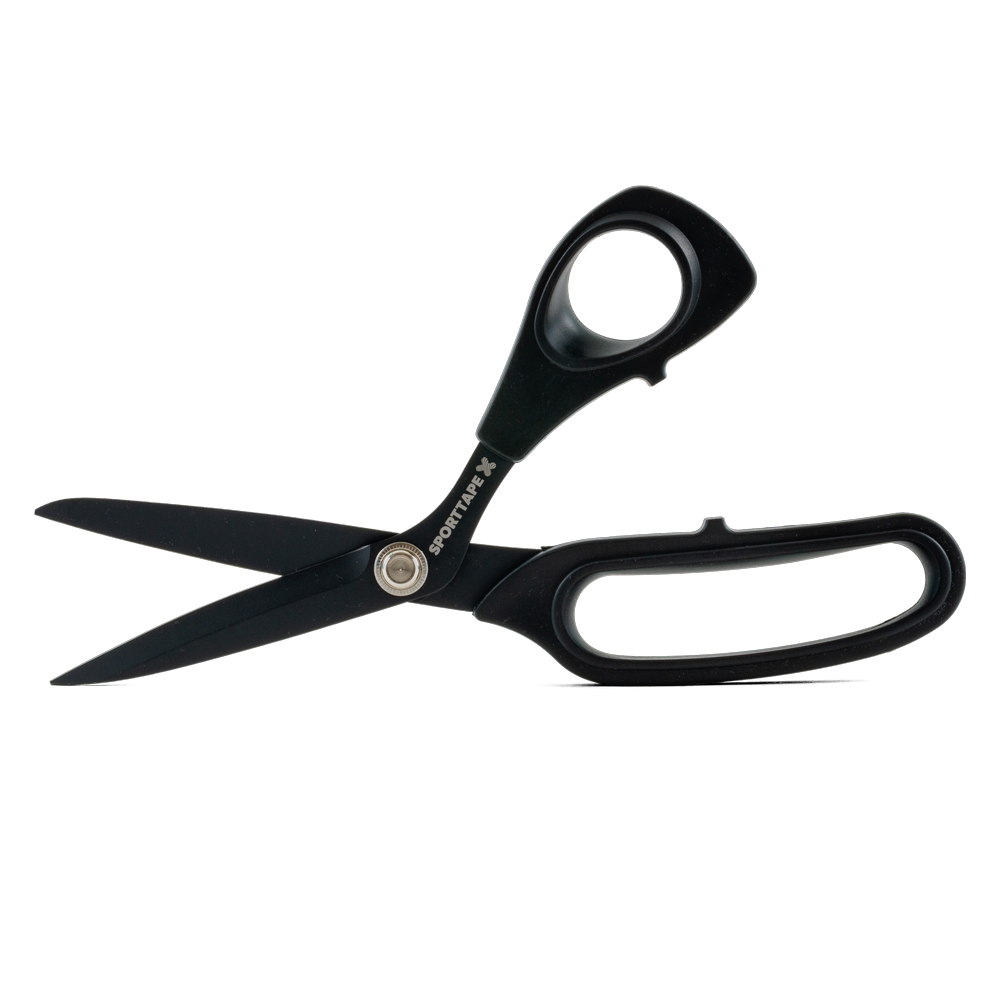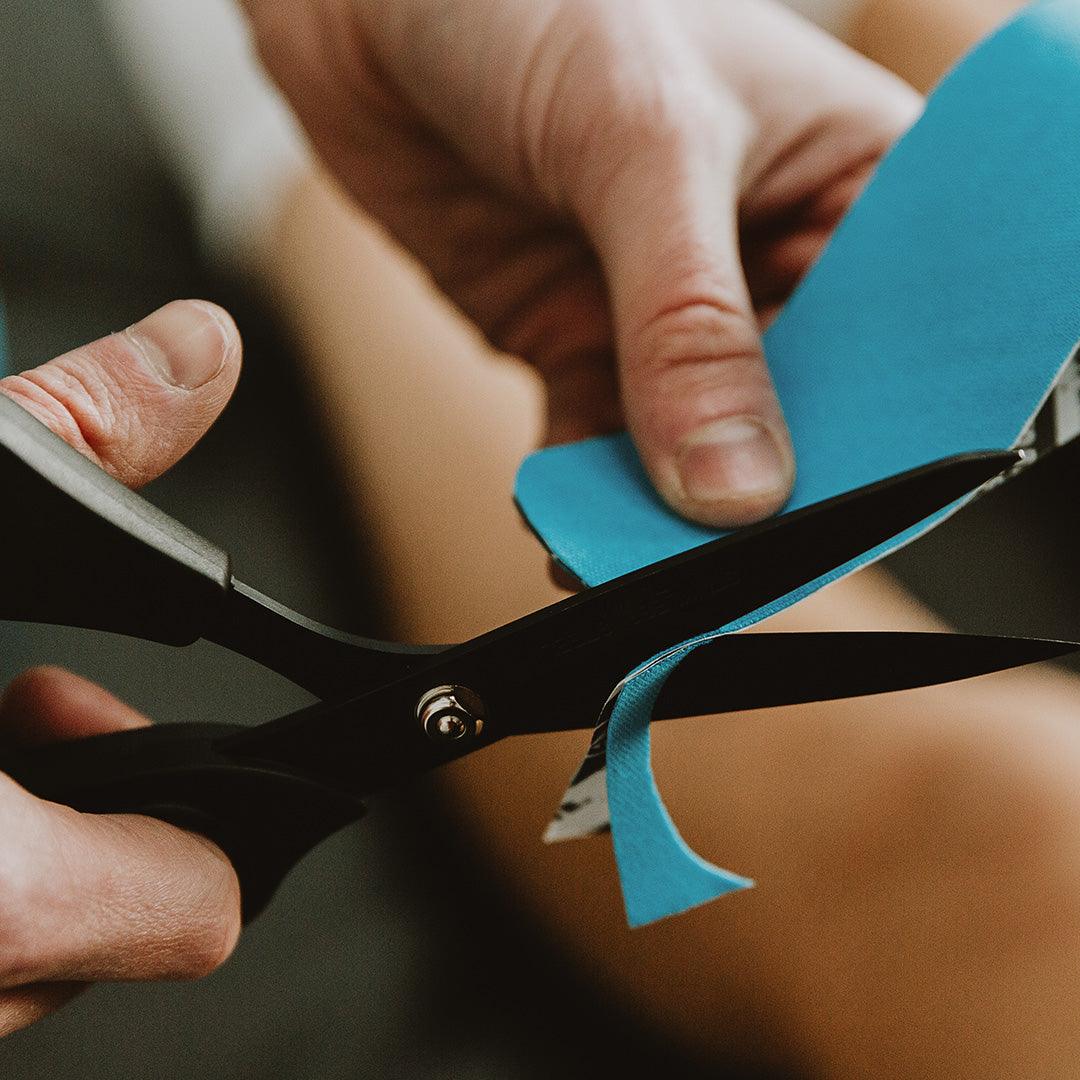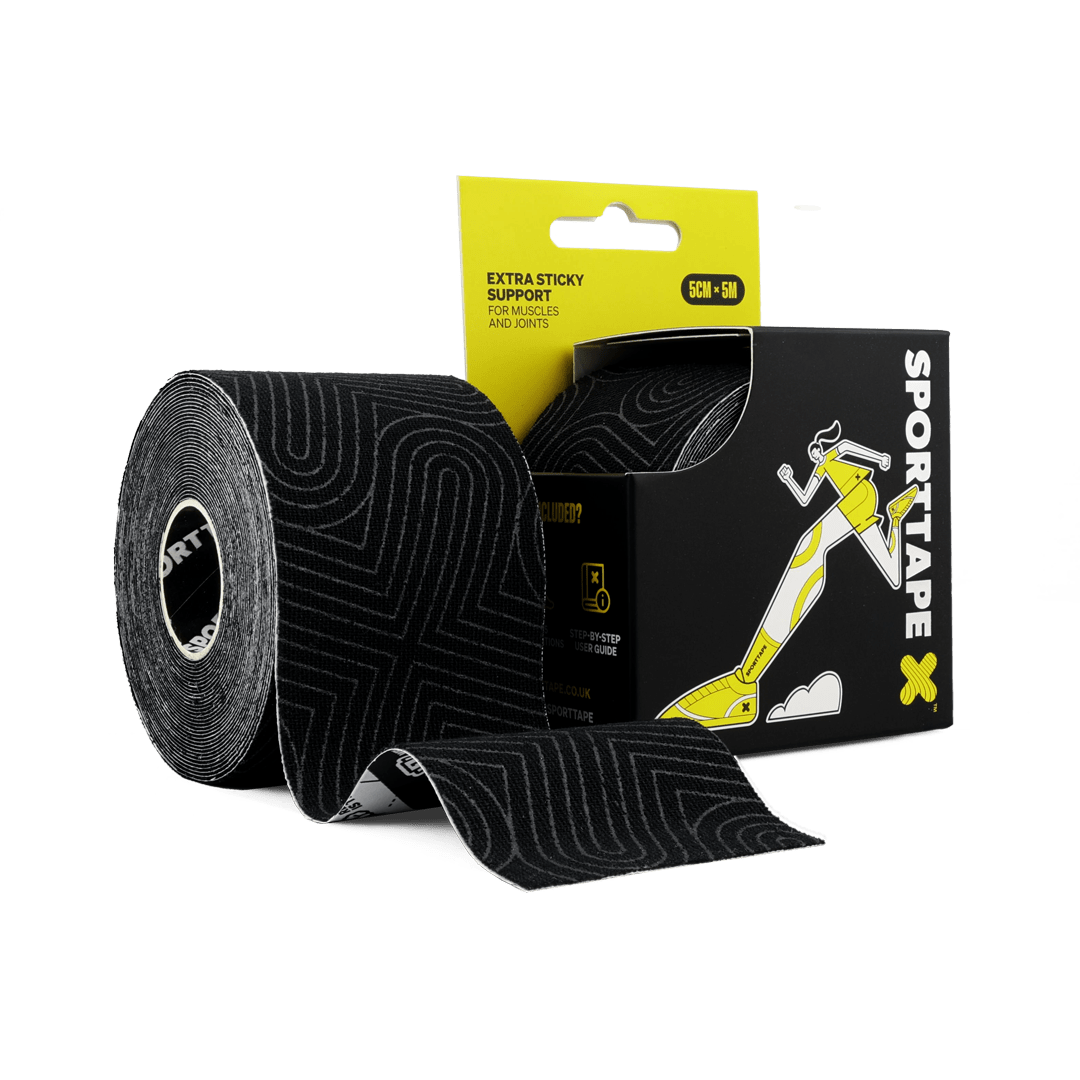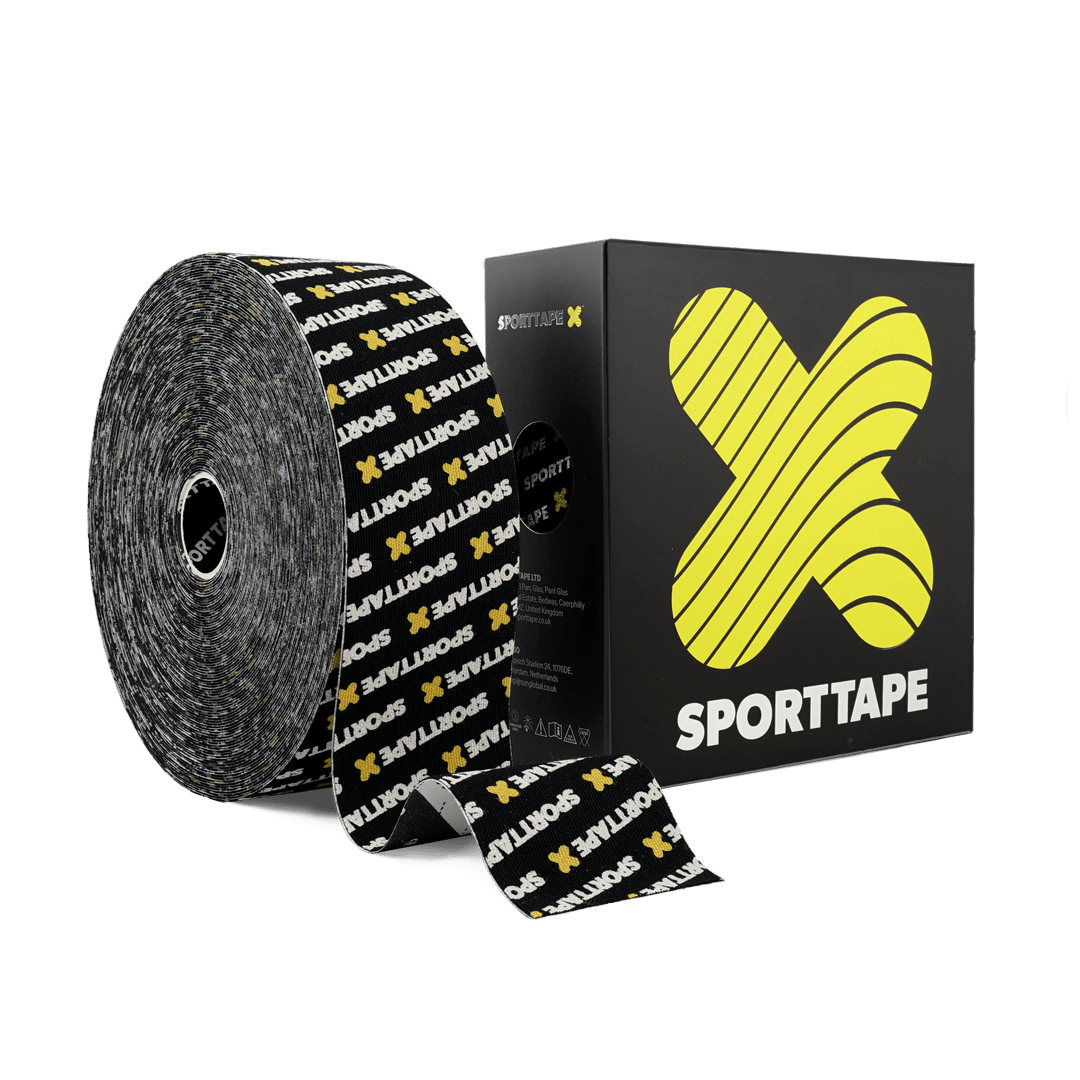Using Kinesiology Tape for swimming can be tricky. Although it's waterproof, we wouldn't say it loves water. Whatever the case, our Extra Sticky Kinesiology Tape is designed for anything that sport can throw at it. So, when we launched it back in 2012, we put it to the test.
When Daniel Green, a Physiotherapist and Sprint Swimmer, messaged us to say that he’s been unable to get another tape to stick in the pool, we saw our chance. Let's take a look at what Kinesiology Tape is, how to get it to stick and hear exactly what Daniel had to say when he gave ours a try…
HOW TO USE KINESIOLOGY TAPE FOR SWIMMING:
WHAT IS KINESIOLOGY TAPE?
Let's just make sure we're all on the same page before we go any further. Kinesiology Tape is a stretchy, cotton (or synthetic) tape designed to mimic the elasticity of the skin. It’s used by athletes and therapists worldwide to provide proprioceptive feedback, pain relief and support to joints, muscles and tendons.
Kinesiology Tape has rapidly become one of the most used products in sports medicine. Gracing the bodies of athletes and weekend warriors all over the world as they strive to compete injury-free. They're still commonly made from cotton with various blends of nylon, lycra and other materials to add stretch. Some contain latex (not ours), and fabric density can vary greatly.
CAN KINESIOLOGY TAPE BE USED FOR SWIMMING?
Like we mentioned, Kinesiology Tape has quickly become one of, if not the, most used tapes in sport today. Sports therapists across the world will carry a roll or two of it anywhere they go. And that goes for all sports, even swimming.
The thing that separates Kinesiology Tape from all the other sports tapes out there, is that it's waterproof. Provided that it's applied correctly, it can last the length of your average swimming session and beyond. With that in mind, let's hear what physiotherapist and sprint swimmer, Daniel Green, had to say about it.
DANIEL GREEN'S REVIEW
“As a National Level swimmer and therapist, I've used Kinesiology Tape for swimming quite a lot. Until now, I've struggled to find a tape which stays on in the water, which is understandable. Previous tapes have lasted as little as 10 minutes into a 2 hour pool session. SPORTTAPE’s Kinesiology Tape is the only tape I’ve used that stands up to multiple swim sessions and gym sessions in one application.”
DANIEL'S TIPS FOR SWIMMERS
“My best tip is to prevent (prehab) injury occurring in the first place, by strengthening the structures under most stress. 90% of swimmers complain of ‘swimmers shoulder’ which is a weakness around the rotator cuff. This causes impingement of the supraspinatus. This can be cured by simply strengthening the muscles around the rotator cuff. The gym is a swimmers best friend!“
In other words, don't neglect the gym. The real strength comes outside of the swimming pool.
THE REHAB PROCESS
- Control Pain – Rest, Ice, Compression, and Elevation (when possible). This helps to control inflammation and promote the healing effects.
- Maintain Fitness – Cross training is ideal. Use other training activities to maintain your fitness.
- Restore Range of Movement (ROM) – It's essential to do this early and it can be done wearing Kinesiology Tape. This'll help prevent scar tissue formation, which can impair the functional movement patterns needed for sport.
- Build Strength – Essential for restoring function and strength to pre-injury levels.
- Re-establish Proprioception – Kinaesthesia and Neuromuscular control, this should be a primary concern post injury.
- Functional Progression – Gradually progress activities to restore normal function and prepare for reintroduction to sport. Every progression becomes a test; don’t progress any further until you have passed that test pain free.
HOW DO I GET KINESIOLOGY TAPE TO STICK?
We can't all expect to the get the application perfect on the first attempt. If you're having some trouble getting the most out of your Kinesiology Tape, you may just be missing a step or two in the application process. Sometimes the smallest tweak can make all the difference. Here's what we would always recommend when applying any sort of Kinesiology Tape, swimming, or otherwise.
- Apply in advance: leave 30-45 minutes for the glue to set and stick before doing any sort of exercise.
- Round the edges: using a pair of scissors to round the edges can prevent your tape catching on any clothing and peeling up as easily.
- Clean, dry skin: Always apply your tape to clean, and most importantly, dry skin.
- Don't touch the glue: touching the glue can impact the tape's adhesion, so be careful during your application.
- Tape to skin: for as much of your Kinesiology Tape application as you can, apply the tape to skin rather than tape.
- Easy on the stretch: apply the very ends of your tape (3-5cm) with no stretch to avoid irritating the skin.
- Give it a rub: giving the tape a good rub after your application will heat the glue up and help it to adhere more effectively.
PRE-TAPE SPRAY
The only thing that we thought was worth mentioning was - Pre-Tape Spray. If you want even more assurance that your tape can stay stuck down for your swims, this is the answer!
And that's it! That's our quick and easy guide from us and Dan Green on how you can use Kinesiology Tape for your swims. Apply it right and follow the steps and you'll be breaking records in no time! And if you have any other questions we can help with, get in touch! We're happy to help.


